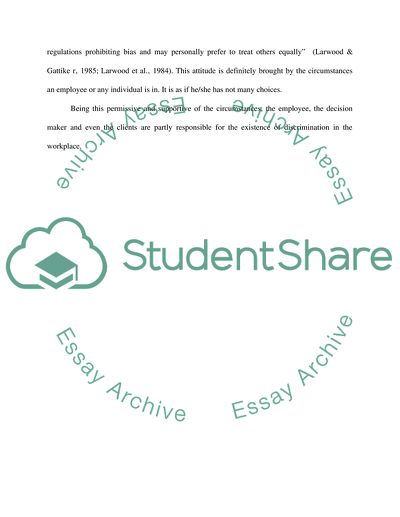Cite this document
(The Economic Significance of Discrimination at the Workplace Term Paper, n.d.)
The Economic Significance of Discrimination at the Workplace Term Paper. Retrieved from https://studentshare.org/macro-microeconomics/1744286-economics-of-race-and-gendre
The Economic Significance of Discrimination at the Workplace Term Paper. Retrieved from https://studentshare.org/macro-microeconomics/1744286-economics-of-race-and-gendre
(The Economic Significance of Discrimination at the Workplace Term Paper)
The Economic Significance of Discrimination at the Workplace Term Paper. https://studentshare.org/macro-microeconomics/1744286-economics-of-race-and-gendre.
The Economic Significance of Discrimination at the Workplace Term Paper. https://studentshare.org/macro-microeconomics/1744286-economics-of-race-and-gendre.
“The Economic Significance of Discrimination at the Workplace Term Paper”, n.d. https://studentshare.org/macro-microeconomics/1744286-economics-of-race-and-gendre.


